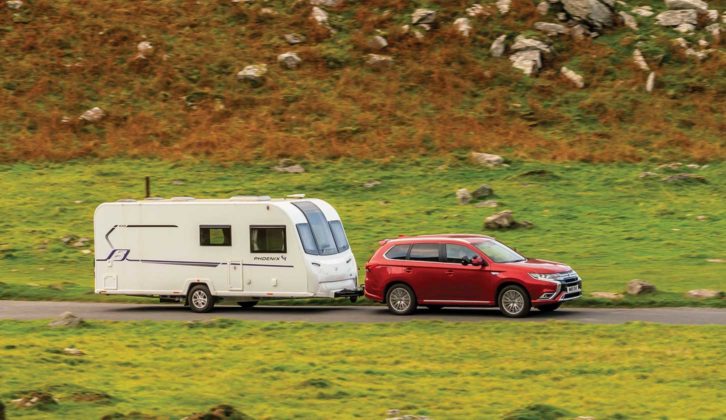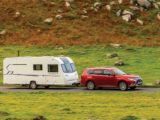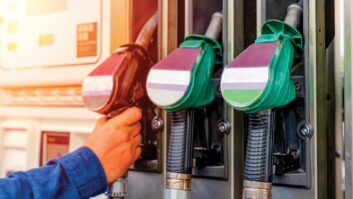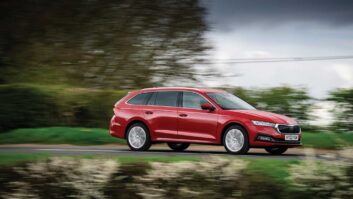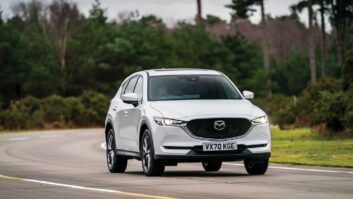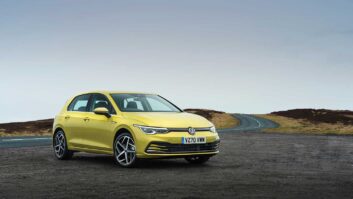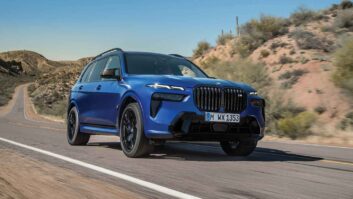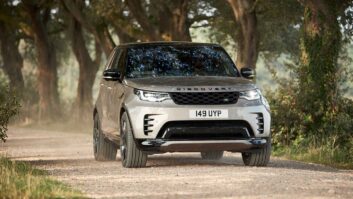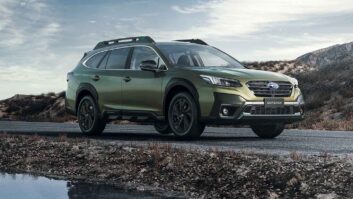Think about the automotive technologies offering particular benefit in towing a caravan, and you’ll have quite a long list.
Prejudice and personal taste can skew the priorities, as well as environmental factors.
But being purely subjective, we should look at the diesel engine, or more specifically, the recent diesel engine – its advantages have grown and its pollution levels plummeted.
Diesel’s inherent advantages over petrol are numerous. For a start, it burns a given amount of fuel more efficiently for the outputs achieved, and hence its superior mpg.
It is inherently ‘lean burn’, resulting in lower Co2, and its higher cylinder compression ratio gives it better low-rpm torque characteristics.
Update: here in 2024? If so, you might be asking should you think about buying a diesel tow car? Here’s why our expert says they still have a place.
Reducing emissions
The big downside, of course, is the question of particulate emissions, but ever-tightening regulations mean this is now greatly reduced, particularly in Euro 6 engines onwards.
The better mpg is an obvious benefit in any car, but why is diesel (currently) best for a tow car?
Low-rpm torque – inherent in the diesel engine – resulted in its widespread use for trucks, but in car applications, it has been made to rev higher, to suit available gearing and driver expectations, but regained its status thanks to turbocharging.
This something-for-nothing technology takes exhaust gas energy to drive the intake supercharger, creating a torque plateau rather than a peak in the lower half of the rev range, despite having to use petrol gear ratios.
The excess air has a diluting effect on emissions, and the use of an intercooler means hot compressed air is cooled, to further benefit both density and combustion. The diesel also runs cooler than a petrol engine, aiding arduous use.
Recently, even turbo-lag – the time from flooring the accelerator to the surge of torque – has been cut by twin-turbo systems. A smaller turbocharger, which speeds up rapidly, supplies the charge air while the main unit is spooling up to its boost rpm. The result is seamless.
Getting a boost
So much for pulling power, but the diesel engine is also superior when you go down the other side of the hill.
Higher cylinder compression (albeit slightly reduced in the turbocharged engine) gives the diesel its superior engine braking effect, while a more recent technology has also increased this still further.
The MHEV (Mild Hybrid Electric Vehicle) is probably the final development of the combustion engine that we are likely to see. Like any electric vehicle, it places an electrical load on the generator when on the overrun, or going downhill, to charge a battery.
This generator then acts as a motor to help the combustion engine when accelerating or hill-climbing. It’s a bit more of that something-for-nothing – aside from a little added weight – and it’s the zenith of diesel engine development. This is due not to lack of enhancements, but to the legally enforced demise of the combustion engine.
For towing, the twin-turbo diesel MHEV is still the ultimate in pulling power, engine braking and touring fuel efficiency – at least for now.
Top tips
- Turbochargers rotate at 90,000-110,000 rpm and take a long time to come to a halt, so after hard work, let the engine idle for over a minute before switching off.
- Consider switching off the auto Stop/Start when towing, for the same reason.
- MHEV systems take a bit of getting used to; initially they feel as if the increased engine braking is too soon or too hard. Take time to learn their characteristics.
If you’ve enjoyed reading this article, why not get the latest news, reviews and features delivered direct to your door or inbox every month. Take advantage of our brilliant Practical Caravan magazine SUBSCRIBERS’ OFFER and SIGN UP TO OUR NEWSLETTER for regular weekly updates on all things caravan related.
